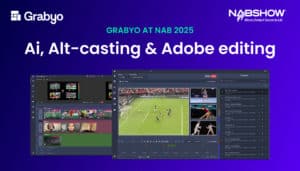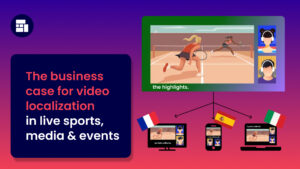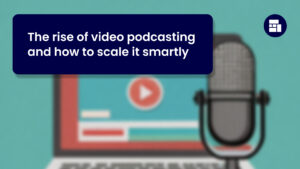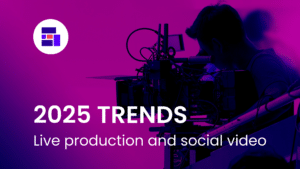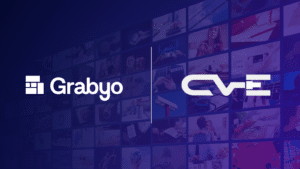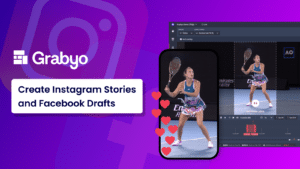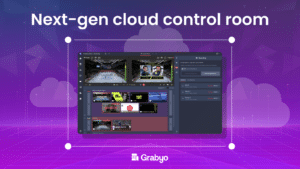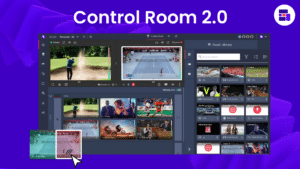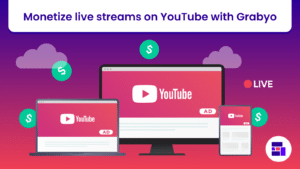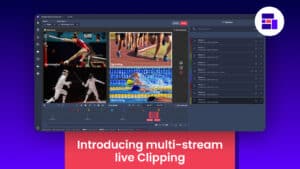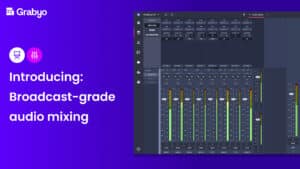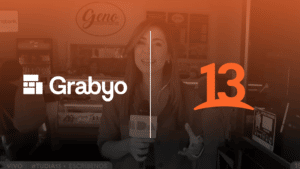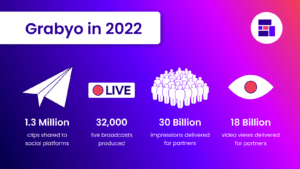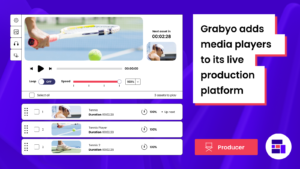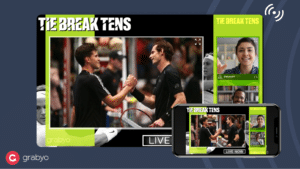Live selling: The new retail trend shaping the future of e-commerce
Consumers are becoming more receptive to shopping via live streams. Here’s why.
Using video to increase sales is a tried and tested method for retailers and brands.
The use of video to drive sales started with TV shopping channels such as QVC and HSN, which demonstrated new products in a live broadcast, and invited audience members to pick up the phone and place an order.
TV shopping preceded the internet and was the first in-home shopping experience. It enabled consumers to discover and purchase new products from the convenience of their own home.

However, with the proliferation of the internet and mobile devices, online shopping quickly disrupted the traditional retail experience both in-store and on TV.
With the internet came YouTube, which allowed anyone to publish video reviews of products online. Brands began leveraging influencers and creating their own content to reach YouTube’s vast user base and penetrate target demographics. This then spread to other social media platforms, who shifted their focus to video. The TV shopping channels were effectively displaced.
Until now, innovation in video marketing hasn’t gone much further. But during the COVID-19 pandemic, online shopping and the consumption of live social video has skyrocketed.
This presents a unique opportunity for brands and retailers to bring back the TV shopping experience in a fresh, more personal, and more direct way.
Live selling: The state of play
Live selling generated $60 billion in global sales in 2019, and should almost double this year, according to research from US firm Coresight.
The US accounts for only $1 billion of that revenue. While in China, live selling is already an established marketing and sales channel. In the first half of 2020, more than 10 million live selling broadcasts were hosted in China according to the government. As of March 2020, there were 560 million people watching shopping live streams in China, an increase of 126 million compared to June 2019.
Chinese platforms such as Taobao and Tmall have become hugely popular for live shopping. So much so, global brands are starting to take notice. Last November, reality star Kim Kardashian took to Tmall to appear on a live selling stream with one of China’s top influencers. Kardashian sold 15,000 bottles of perfume in minutes.

We are now seeing this trend begin to travel west. While live selling is still developing in western markets, the infrastructure is in place for it to grow exponentially. Facebook and Instagram rolled out live selling support in May 2020, while YouTube plans to roll out similar features.
Amazon has also launched a QVC-style streaming platform, similar to Taobao. QVC itself is planning to launch an interactive streaming service in the near future, says its CEO.
One thing is clear, many companies are gearing up for the growth of live selling. Jostling to be the go-to platform for when it hits the global mainstream.
But what does this mean for retailers and brands?
The live shopping experience
A consistent component of all successful Chinese live selling streams is entertainment. The format of these broadcasts are not infomercials, they are fun and exciting.
The best live selling streams do more than showcase a product. Until now, brands have found success offering access to a celebrity or popular event in an interactive setting, with a product that fits organically within the content.
For example, cosmetics company L’Oréal invited Chinese celebrities to live stream from behind-the-scenes at the 69th Cannes Film Festival. The broadcasts combined the draw of the film festival with timely product placements, with each streamer recommending products they had used during the festival. This led to L’Oréal selling out of every featured product.
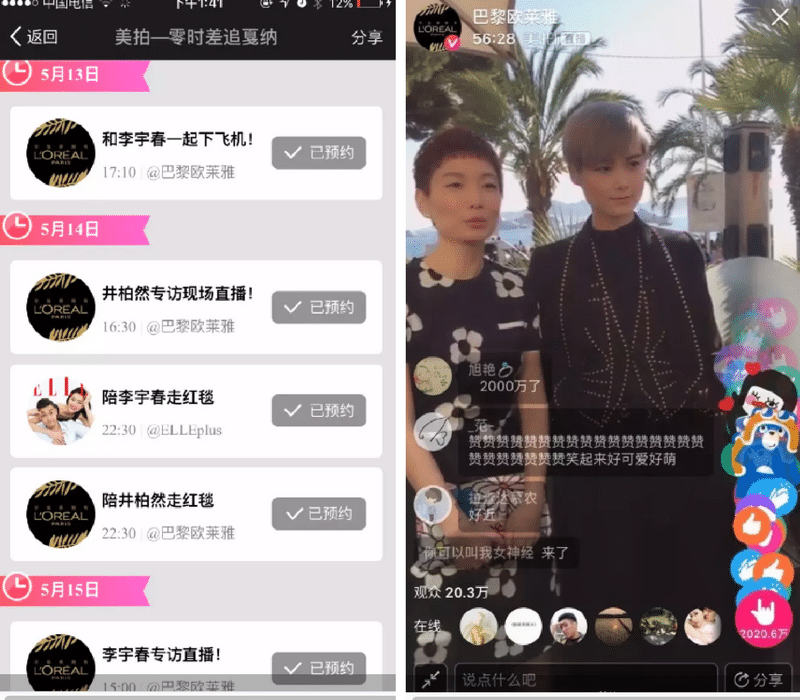
Alongside the interview-style stream used by Kim Kardashian on Tmall, these live broadcasts add another play to a brand or retailer’s selling strategy.
Chinese consumers note they most enjoy the interactive and social elements of live shopping. Hosting a live selling broadcast must include these features.
Live social broadcasts enable audiences to interact with each other in real-time using social comments. However, the live broadcasts that stand out are those that allow audiences to dictate what they see on screen. Publishers are able to use live polls, social comment displays or simply answer questions or respond to comments that viewers submit on the social post.
The most cost effective way to do this currently is to use the live selling features on Facebook or Instagram.
Creating effective content
Hosting a live social broadcast can be simple and easy. It doesn’t require lots of production equipment and management.
Set-ups can be as basic as a smartphone or laptop/PC camera for capture, and one or two laptops running a video production platform in the cloud. Talent and producers can be situated anywhere in the world.
For instance, a celebrity host could live stream from their laptop to Facebook Live, trying on clothes, rating beverages or interviewing a brand ambassador. This feed can be run through a cloud platform, such as Grabyo, where it can be mixed, branded and enhanced with audience participation tools such as polls or social comment displays.
Producers can set up the Facebook (or Instagram) Live feed to make shopping for featured products a matter of a couple of clicks.
Throughout 2020, the demand for live social video will remain high, as consumers are spending most of the time at home. The introduction of video content from home has given us a peek inside the homes of celebrities and talent. This raw feel to content is more personal, and has found its place in the overall content mix.
Combining this with low foot traffic on high streets, as consumers feel more comfortable shopping at home, could accelerate the popularity of live video shopping in the very near future. Those who get ahead will realise the benefits.
For more information on how Grabyo can help you get started with live selling, get in touch.
Related blogs
Stay in touch.
Join over 10,000 media professionals and register to receive our monthly newsletter directly to your inbox!





